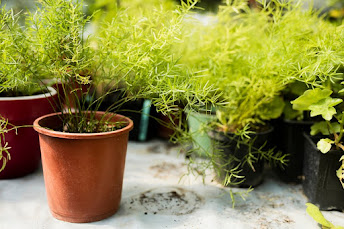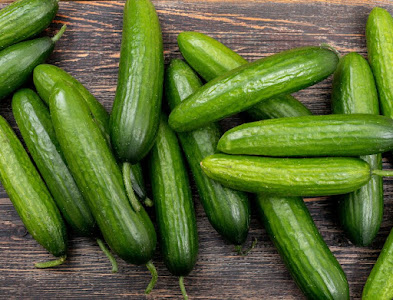How to Store Beets After Harvest?

Storing beets after harvest is crucial to preserving their freshness, flavor, and nutritional value. Whether you're a gardener with a bountiful harvest or a consumer wanting to extend the life of your grocery purchase, knowing how to store beets properly is essential. This guide will walk you through various methods and tips for storing beets to keep them fresh and delicious for as long as possible. Harvesting Beets Before delving into storage techniques, it's essential to understand the ideal harvesting process. Beets are best harvested when they are about the length of a golf or tennis ball. This size ensures that the beets are tender and flavorful. Use a garden fork or shovel to gently lift the beets from the soil, being careful not to bruise them. After harvesting, cut off the beet greens, leaving about an inch of the stem attached. This prevents the greens from drawing moisture out of the beetroot. The greens can be stored separately or used immediately in salads or sau...




